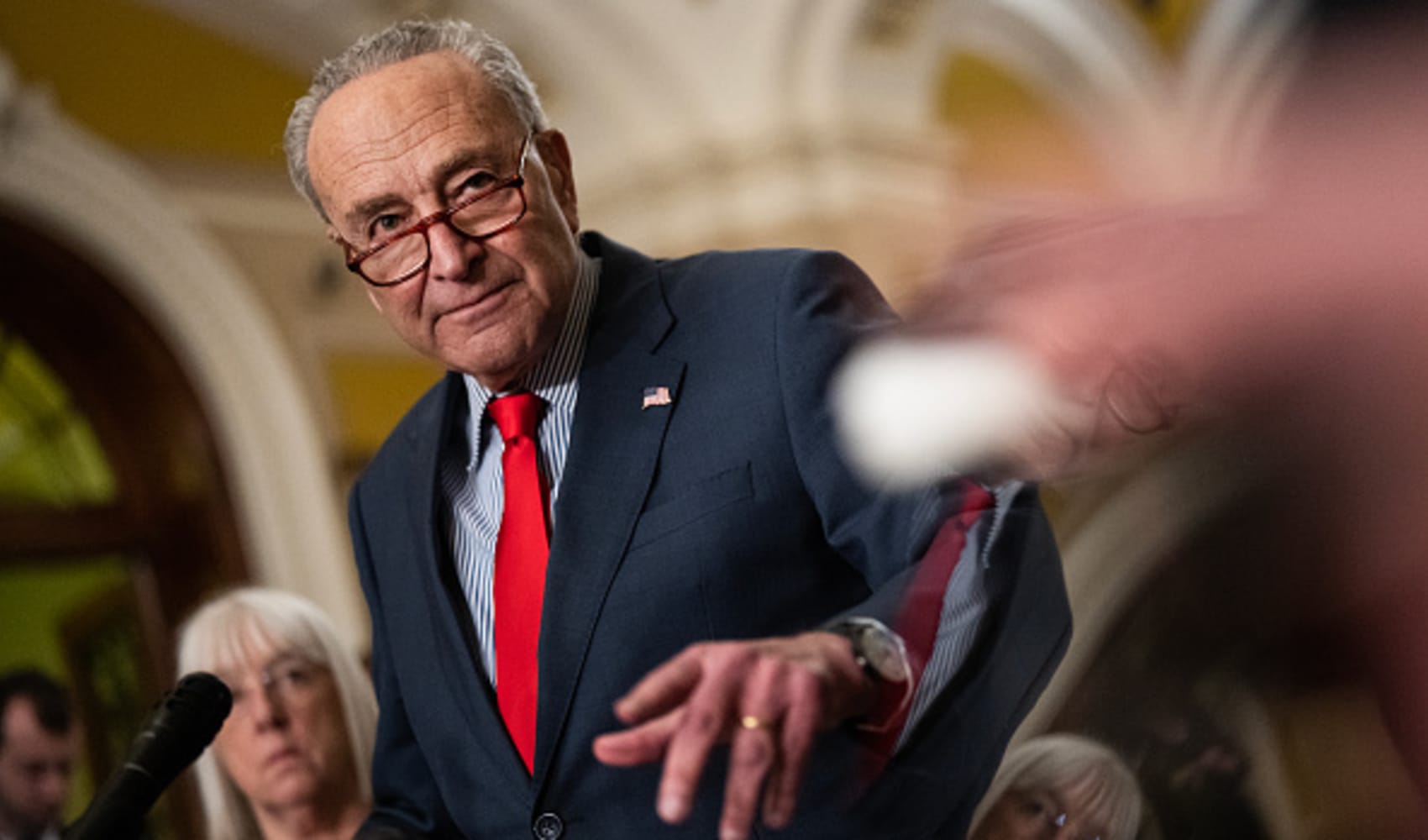
- In the three months to the end of March, central banks added 228 tons to global reserves, the highest rate of purchases seen in a first quarter since the data series began in 2000.
- Significant gold-backed ETF inflows in March, driven by the fears of systemic risk in the U.S. economy, partially offset outflows over the first two months of the year.
Demand for gold among central banks notched a first-quarter record high in the three months to the end of March as overall global demand painted an otherwise "mixed picture," according to the World Gold Council.
Gold prices broke through the $2,000 per ounce barrier this week and are flirting with record highs as global economic uncertainty, a possible pause in Federal Reserve interest rate hikes and potential further trouble in the U.S. banking sector drive investors toward the precious metal.
The WGC's quarterly Gold Demand Trends report, published Friday, showed demand (excluding over-the-counter) was down 13% in the first quarter from the same period last year, though base effects were in play as demand spiked that quarter as investors fled risky assets following Russia's invasion of Ukraine.
Get DFW local news, weather forecasts and entertainment stories to your inbox. Sign up for NBC DFW newsletters.
Total gold demand, however, was up 1% from the first quarter of 2022 thanks to a recovery in the OTC market.
In the three months to the end of March, central banks added 228 tons to global reserves, the highest rate of purchases seen in a first quarter since the data series began in 2000, though a slower rate than in recent quarters.
Louise Street, senior market analyst at the World Gold Council, told CNBC on Thursday that this was a continuation of trends that saw central bank gold buying soar to an 11-year high in 2022.
Money Report
"Top of the tree for gold in terms of why official sector institutions hold it is always things like its its role as a diversification asset, its long term store of value, but increasingly over the last two years, we've seen how the importance that they placed on its performance during times of crisis," Street explained.
The WGC expects demand among central banks to moderate this year after 2022's spike, though noted that where previous buying had been concentrated in developing markets, more developed financial centers were now increasing their demand.
The Monetary Authority of Singapore (MAS) was the largest single buyer over the quarter, adding 69 tons of gold to its reserves, which are now 45% higher than at the end of 2022.
The People's Bank of China (PBoC) added 58 tons over the quarter and now holds 2,068 tons of gold in its reserves, 4% of total reported gold reserves globally. Turkey was again a big buyer, increasing its reserves by 30 tons, while India's central bank added a modest 7 tons.
Chinese consumers bought 198 tons of gold jewelry over the quarter, 41% of the global total, with demand resurging upon the removal of zero-Covid measures, though high and volatile prices dented demand in India, which saw the weakest first quarter for three years. Overall, jewelry was relatively flat in the first quarter, with China offsetting the decline in India.
Banking turmoil triggers investment surge
On the investment front, Street told CNBC that the WGC saw a noticeable spike in gold demand in March after the collapse of Silicon Valley Bank, the first of what has become a series of failures in the U.S. banking system among regional institutions exposed by higher interest rates.
Economists this week told CNBC that further pain could be expected after the latest crisis, an emergency rescue of First Republic Bank by JPMorgan Chase last weekend.
Significant gold-backed ETF inflows in March, driven by the fears of systemic risk in the U.S. economy, partially offset outflows over the first two months of the year.
Bar and coin demand strengthened by 5% year-on-year to 302 tons, though there were notable shifts in key markets, with U.S. demand hitting its highest quarterly level since 2010 on the back of recession fears and a flight to safety amid the banking turmoil.
By contrast, demand in Europe weakened with Germany in particular seeing a 73% fall in demand, which the WGC attributed to real interest rates turning positive and the rise in the euro gold price, which triggered profit-taking among investors.
However, Street revealed that the WGC is seeing continued inflows in North America at the beginning of the second quarter, which are now extending to Europe.
"Within the environment of high and rising gold prices, the mini banking crisis that we saw in March, continued high inflation and concerns around global economic recovery, that had a different impact on various different sectors of demand and different geographies," Street said.
"And that's all combined to kind of create this mixed picture, and it's something we talk about quite a lot in relation to gold is just that sort of diversity of its sources of demand does mean they tend to react in different ways for different things, and that's what helps obviously to make it such a good strategic diversification asset."
Total gold supply increased by 1% year-on-year, driven by a first-quarter record high in mine production of 856 tons and higher recycling of 310 tons.






